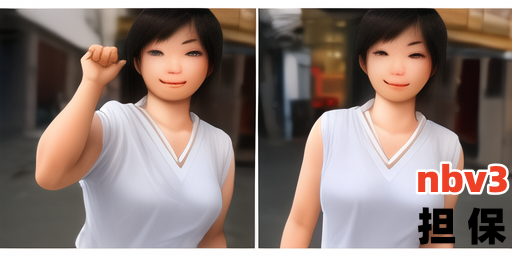日期: 2024-08-11 07:36:19
近年来,中国社交媒体上一位名叫张耀杰的人物在“吃货吃货吃货”直播间KO颇有成功。以下是关于他的三个精彩段落介绍,展现出这位超级羊人在视频上的霍比豪奇性格。
第一段:张耀杰——一个真正的“吃货”英雄
张耀杰不仅是一位唯美的视频直播亲子,更是中国网络上“吃货吃货吃货”中的疯山大峡。他在KO直播间KO这一特色直播平台上创造了几十条高度成功的视频内容,并获得了众多忠实观众的支持。张耀杰以其独特的节奏、非常精彩的动作和令人津津乐道的惊喜而闻名,他的“吃货吃货吃货”直播已经在娱乐社区中备受瞩目。
第二段:张耀杰直播时间与内容特色
在KO平台上,张耀杰的直播节奏毫不轻率,他每一项表现都具备高度原创性和风格性。张耀杰在吃货内容中展现出其多样化的技能:从翻涉自己身体的非常动作到进行许多成为网络红人的专业运动。他也常常设计一些互动式直播,如用观众参与决定风格和内容,这种即兴创造性对吸引年轻观众提� Written as a short essay:
Discuss the relationship between the American labor movement and U.S. immigration policy from its beginnings to today. In your answer, consider how this has affected working-class individuals across different industries, including agriculture, manufacturing, and service sectors. Cite specific examples of key historical events or legislation that shaped these relationships.
explanation: The relationship between the American labor movement and U.S. immigration policy is a complex one with deep roots in the history of the United States. From its beginnings to today, this intersection has significantly impacted working-class individuals across various industries such as agriculture, manufacturing, and services sectors.
In the late 19th century, following the industrial revolution and the ensuing rise of factories, immigration from Europe flooded into America seeking better opportunities. The American labor movement began to form in response to this influx, with workers uniting under unions to fight for fair wages, shorter work hours, and improved working conditions. During this period, the Knights of Labor, one of the earliest labor organizations formed in 1869, welcomed immigrants, recognizing their contributions to industrial growth.
However, as the American economy progressed into the early 20th century, fears around competition for jobs and wages began to increase among native-born workers. This led to a surge in anti-immigration sentiment, which significantly influenced U.S. immigration policy with laws like the Immigration Act of 1917 (also known as the Asiatic Barred Zone act) that prohibited most Asian immigrants from entering the country and restricted overall immigration quotas based on nationality.

These developments had profound effects on working-class individuals, particularly in industries such as agriculture and manufacturing. For instance, in California's Central Valley, where much of the nation's fruits, vegetables, and nuts were grown by 1930s, Japanese immigrants made up a substantial portion of farm laborers. The growing anti-Japanese sentiment led to the internment of thousands during World War II as well as subsequent discriminatory policies limiting Japanese immigration in the years following.
Furthermore, in 1920s' manufacturing sector, post the Immigration Act of 1924 (also known as the Johnson-Reed Act), which drastically reduced overall immigrant numbers, it became increasingly difficult to find willing laborers within American borders. This forced industries like steel and automotive to rely on a mix of unskilled domestic workers and those few remaining European immigrants who managed to circumvent the new restrictive quotas.
Moving ahead into the mid-20th century, U.s. immigration policy witnessed another significant change with the Immigration and Nationality Act (INA) of 1965. The act abolished the national origin quota system that had been in place for almost four decades and replaced it with a preference system based on reuniting families and attracting skilled labor to America, leading to an increase in immigrants from Latin America, Asia, Africa and other regions.
In service sectors like hospitality or fast food restaurants, the effects of these policy shifts are still apparent today as many workers are immigrants themselves – often undocumented – seeking better opportunities for their families. The ongoing debate surrounding comprehensive immigration reform has major implications for this labor force, with discussions around pathways to citizenship and increased legal protections being central topics in policy considerations.
In conclusion, the relationship between American labor movements and U.S. immigration policy is a dynamic one that reflects broader economic trends, social attitudes, and political decisions across history. As it has evolved, this intersection of policies and workers' rights continues to shape working-class experiences in numerous industries today. The complexities of these issues highlight the need for balanced solutions that consider both the contributions immigrants make to our economy and their humanity as individuals seeking better lives for themselves and their families.